With as colorful a name as ‘Return Jackson Redden,’ he was destined to leave a mark on Carson Valley history.
Leave a mark he did, though few know his story today. But here’s a clue: Redden settled in 1851-52 at the mouth of Jack’s Valley. You guessed it. Redden was the “Jack” who gave Jack’s Valley its name. And this is the perfect month to remember him: he died 131 years ago this August 30.
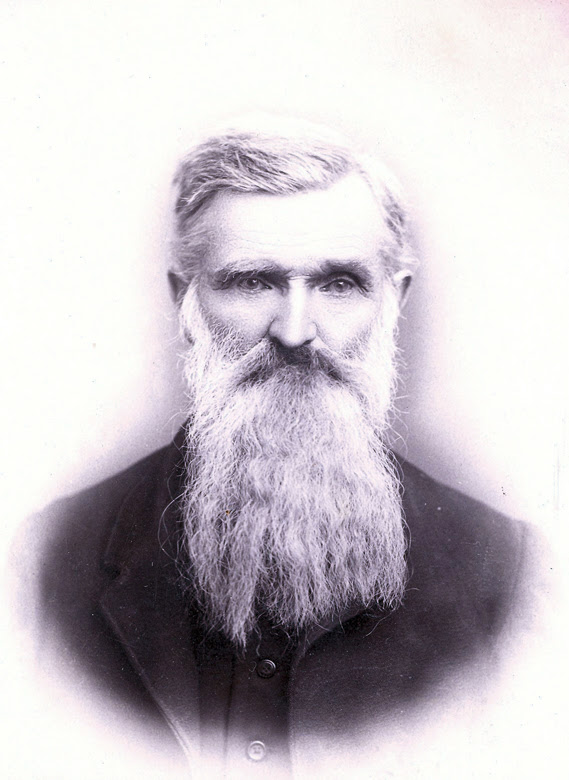
So who was this early pioneer? Some contemporaries praised Redden as an intrepid pathfinder, an “adventuresome frontiersman,” a “bold and fearless” man. Others, however, described him as a “notorious character” whose reputation included horse thief, burglar and counterfeiter. Once he was even accused of murder.
Jack Redden was born September 26, 1817 in Hiram, Ohio. He showed an enterprising streak even as a child, selling wooden clocks and working on a Mississippi riverboat.
In 1841, at the age of 24, he joined the Mormon Church, and was baptized in the Ohio River. He became a strong advocate for the faith – some claim he once engaged in chicanery to get a family member to convert.
Before long he traveled to Illinois, joining other Mormons gathered at Nauvoo. Under the leadership of charismatic prophet Joseph Smith, the beleaguered group had left Missouri in late 1839, purchasing the town of Commerce, Illinois, just east of the Mississippi and renaming it Nauvoo.
At Nauvoo, Redden became something of an enforcer. Others would later describe him as a “bully” used by Church authorities “to frighten certain obnoxious individuals out of Nauvoo.” Redden also served as a personal bodyguard for prophet Joseph Smith himself, and was credited with “saving [Smith] from many serious and threatened troubles.” But he wasn’t able to save Smith from his eventual end; Smith was killed by a mob in Carthage, Illinois in 1844.
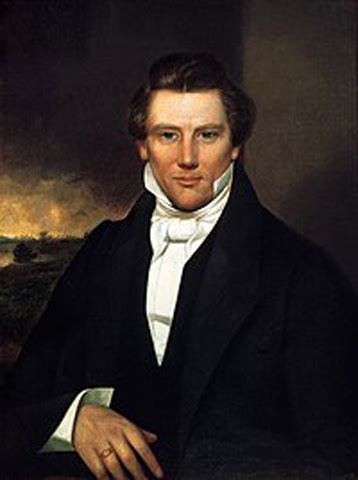
Irate Church members lashed out in retaliation for the killing of Smith. After one of the mob’s leaders (George Davenport) was killed on July 4, 1845, Redden, his father and brother were all accused of being involved. Contemporaries also claimed Jack Redden shot and killed a man at Nauvoo in an effort to cover up the murder of Davenport. Redden’s father was eventually acquitted of killing Davenport, but his brother spent a year in prison for the crime. Redden himself, however, was never punished.
When the Mormons were forced out of Nauvoo in 1846, Redden went too. They made it as far west as today’s North Omaha, Nebraska where they camped for the winter before pushing on, calling the site “Winter Quarters.”
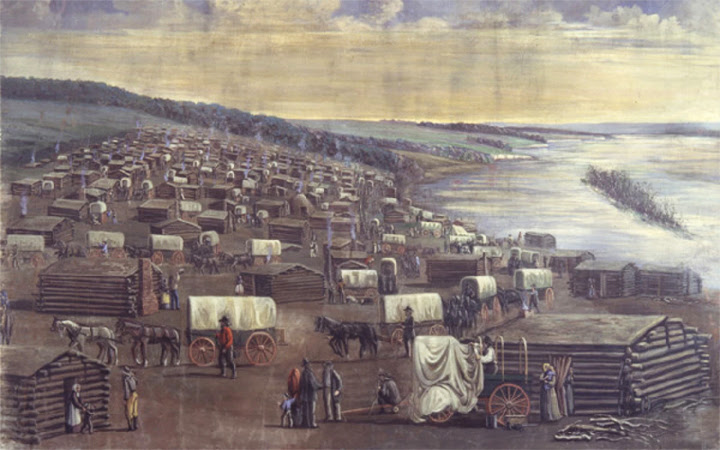
Redden had married Laura Troske in 1840 and their first child arrived in 1841. Sadly, wife Laura had died in September 1843 with the birth of their second child. Redden remarried, but his second wife, Martha Whiting, died at Winter Quarters in 1846. He would quickly marry again, wedding 16-year-old Naomi Murray on February 16, 1847.
A vanguard group organized by Brigham Young left Winter Quarters on April 16, 1847, pushing westward to blaze a route for the rest of the company to follow. Redden left his young wife behind to serve as a hunter and trailblazer for this expeditionary team. Redden’s group reached Salt Lake Valley on July 21, 1847. Although fellow pioneer Orson Pratt claimed credit for being the first white person to see the Great Salt Lake, some sources say it was actually Redden who made the discovery. He had been out looking for stray cattle and, after climbing Little Mountain for a better view of the terrain, spied that “strange and wonderful body of water.”

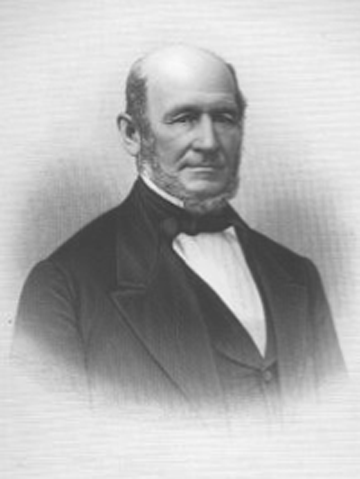
Redden helped the pioneer group begin a settlement and plant crops. He was baptized again at Salt Lake on August 7, 1847 by Heber C. Kimball, one of the original twelve apostles and a counselor to Brigham Young.
In June 1848, Redden joined a company organized by Kimball to travel back to Winter Quarters. He rejoined Naomi (now 17), and returned to the Salt Lake Valley with his wife and children, arriving September 24, 1848. Redden and Naomi would eventually have some ten or eleven children together.
By 1849, Redden’s relationship with some members of the church had begun to sour; he claimed his life had been threatened. But farther west, the Gold Rush had begun. In 1850 Brigham Young sent apostle Amasa Lyman and Charles C. Rich to collect gold tithes from members of the former Mormon Battalion who had remained California. Young sent along two bodyguards for this expedition: Porter Rockwell and Return Jackson Redden.
By now Redden was an experienced frontiersman. He has been credited with staking out the overland route between Salt Lake and California later used by the Overland Stage Company, assigning geographic place names as he went.
On his way back from California, Redden stopped in Carson Valley. He built a cabin at the mouth of Jacks Valley, a few miles from Clear Creek, in 1851. The bowl-shaped valley made a natural corral for cattle. Redden allowed Stephen Kinsey of Genoa to graze his stock there, and also traded cattle with passing emigrants.
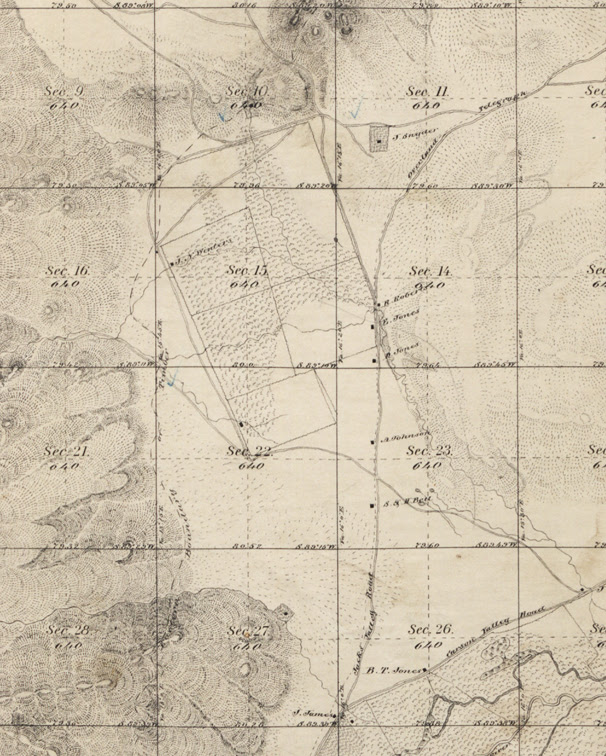
But horse and cattle thieves were also becoming a problem. And soon, Redden found accusatory fingers pointed at himself.
In June 1852, the year after Redden built his cabin, a thief named Hibbard stole a horse and mule in El Dorado County, spiriting the animals over the mountain. The mule had a bad foot, making its tracks easy to follow. The posse discovered the stolen horse in Redden’s corral, and the thief was comfortably ensconced inside Redden’s house. Hibbard was arrested, taken back to El Dorado County for trial, found guilty, and summarily executed. But before he died, Hibbard swore out an affidavit claiming Redden, too, was part of a “large gang of horse thieves.”
The posse returned and swooped up Redden, taking him to El Dorado County, California for his own trial. But too bad for the prosecution: the charges were based solely on Hibbard’s say-so. With Hibbard now gone to the Great Hereafter, there was no one left who could testify. The magistrate was forced to set Redden free.
So, was Redden really a horse thief, or just an innocent victim himself? Well, it’s always possible his desperado days weren’t quite behind him. On the other hand, nasty rumors and the word of a convicted thief were the only purported ‘evidence’ against him.
That brush with frontier justice prompted Redden to rethink his life in the wild, wild west. Redden apparently left Jacks Valley not long afterwards, taking his family with him. He moved back to Utah Territory, first to Grantsville, then to Coalville. In both places he became a respected resident and local justice of the peace, and he would also serve as a deputy U.S. marshal.
Redden remained faithful to the LDS Church, and was ordained a “Seventy” – a trusted leader who helps with church administration and serves as an “especial witness” for the faith.
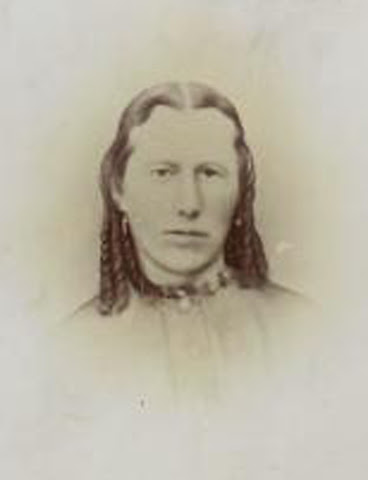
Sadly, Redden’s young wife Naomi died in 1868 at just 38 years old. But Redden was not the lonely bachelor type; he married again about two years later, wedding his fourth wife, Elizabeth Diana Harris in 1870.
Jack Redden lived for another two decades. He passed away on August 30, 1891 at Holtsville, Utah Territory, a few weeks before his 74th birthday.
______________
Grateful thanks to historians Jeff Kintop and Bob Ellison for generously sharing their knowledge and research materials for this article. Any mistakes that have crept in are strictly my own.
______________
* Jack Redden’s last name has at least six different variations in contemporary newspaper articles and documents: Reddon, Redding, Reading, Redin, and Redman. ‘Redden’ is the spelling on his gravestone in Hoytsville, Utah.
______________
Ready for more fun history? Here’s the story of the iconic Ridge Route — once the road connecting Los Angeles with San Joaquin Valley. The day-long journey took stamina and a strong stomach. Here’s the tale!

